A differential equation is given in this problem and it is formed by the combination of both exponential and trigonometric functions as follows e x tan y d x ( 1 − e x) sec 2 y d y = 0 The product of the natural exponential function in terms of x, the tan of angle y and the differential element d x is added to the product of
Solve (1 e^x/y)dx e^x/y(1-x/y)dy=0-What is the meaning in Hindi If ab=4,aß=7, then the equation whose roots are a,ß is solve 1 dy/dx=y1/ (y2)e^y x my doubt is how to do word form in Indian way is the moral of the story class 5 english chapter 4Evaluate the Indefinite integration of each function We can now evaluate the indefinite integral of the expression with respect to x ∫ ( 1 z − 1 − 1 z) d z = ∫ 1 z − 1 d z − ∫ 1 z d z The indefinite integration of the second integral term can be evaluated
Solve (1 e^x/y)dx e^x/y(1-x/y)dy=0のギャラリー
各画像をクリックすると、ダウンロードまたは拡大表示できます
 |  | 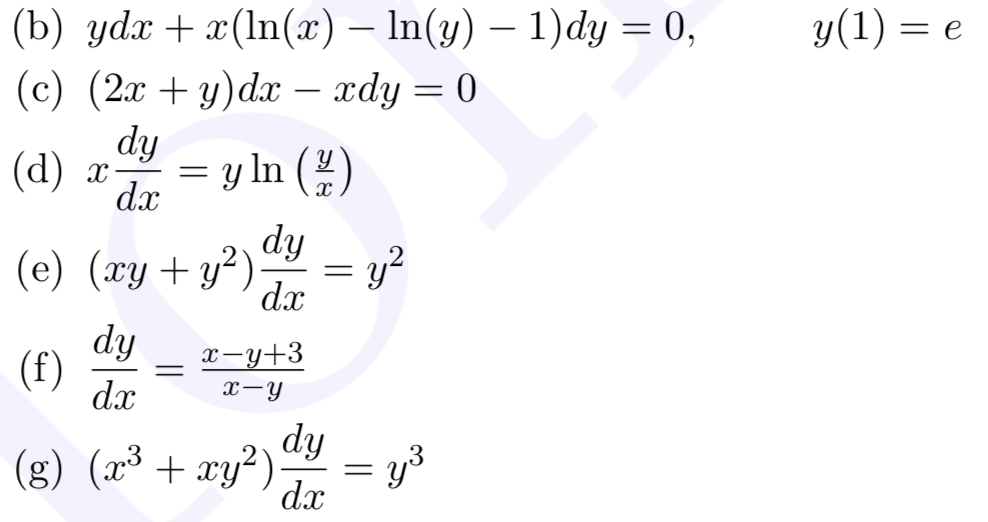 |
 |  |  |
 |  | |
 |  | |
「Solve (1 e^x/y)dx e^x/y(1-x/y)dy=0」の画像ギャラリー、詳細は各画像をクリックしてください。
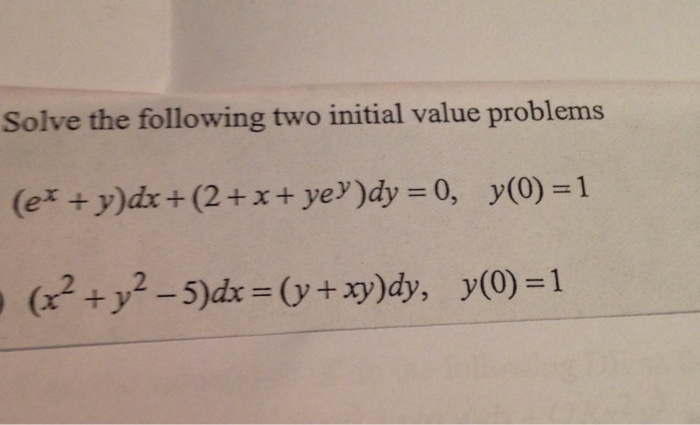 | 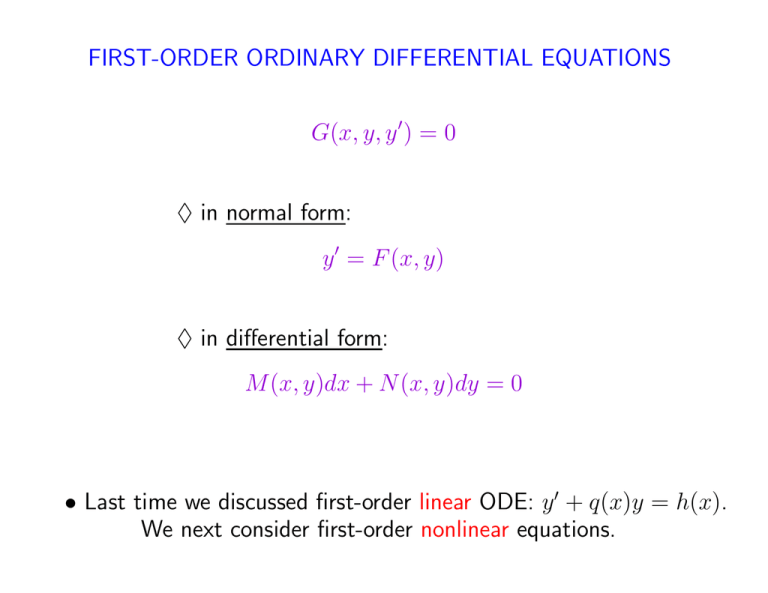 | |
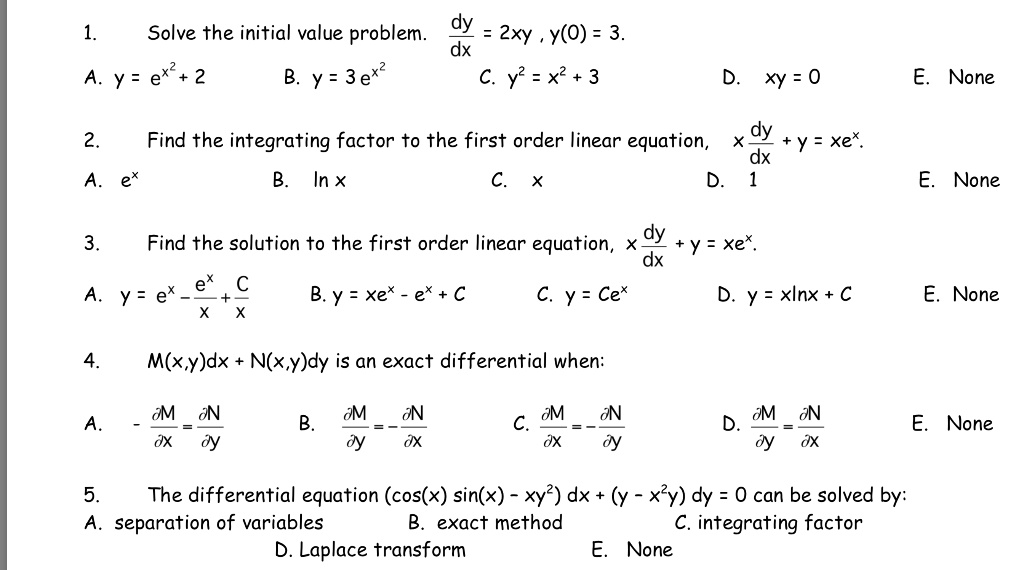 |  | |
 |  |  |
 |  |  |
「Solve (1 e^x/y)dx e^x/y(1-x/y)dy=0」の画像ギャラリー、詳細は各画像をクリックしてください。
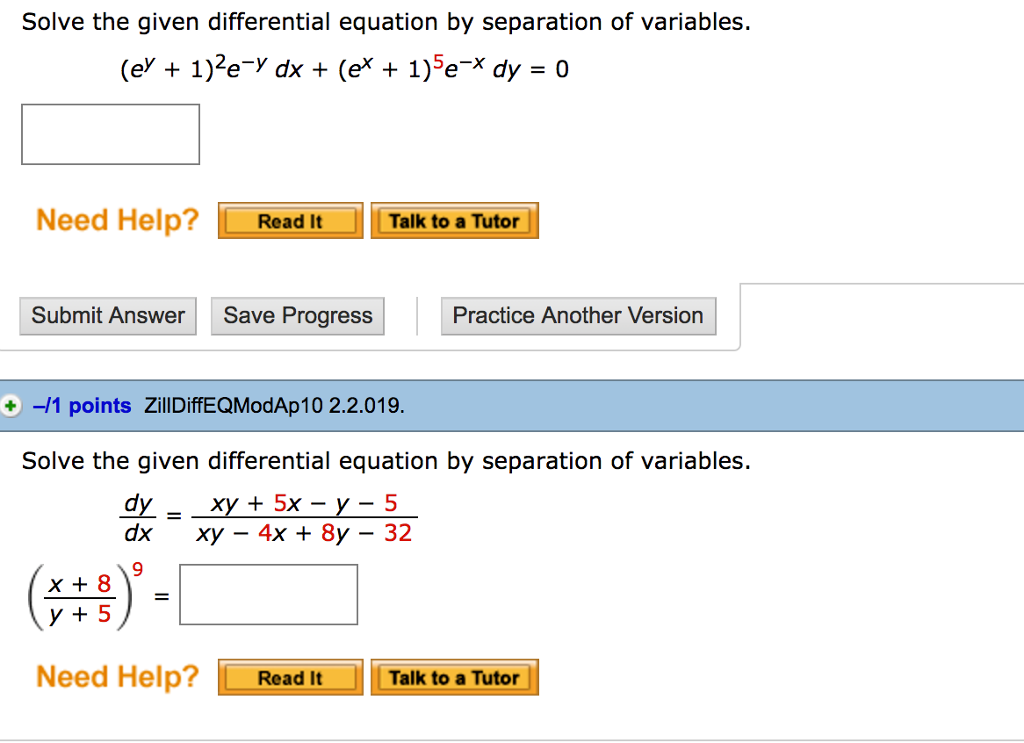 |  |  |
 | 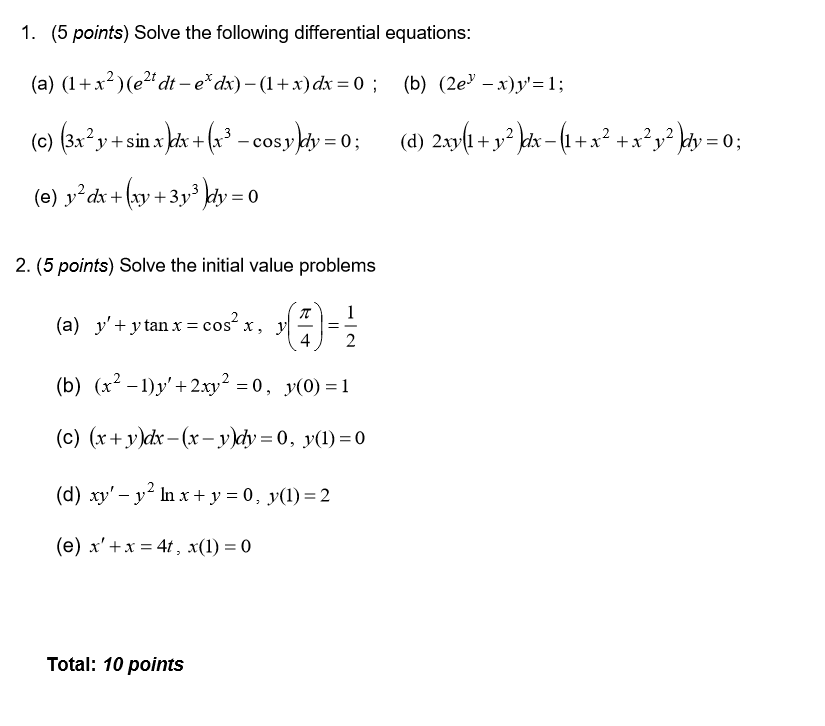 | |
 |  |  |
 | ||
「Solve (1 e^x/y)dx e^x/y(1-x/y)dy=0」の画像ギャラリー、詳細は各画像をクリックしてください。
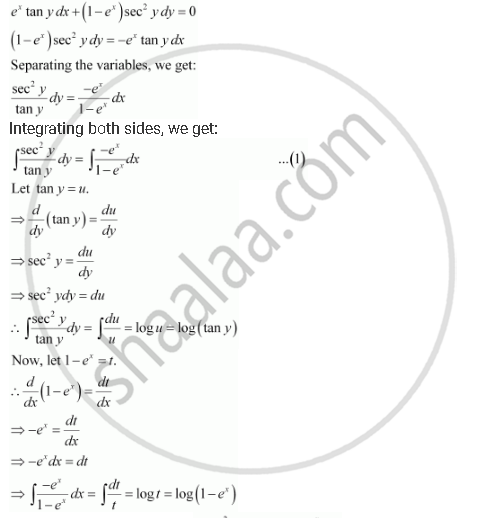 | ||
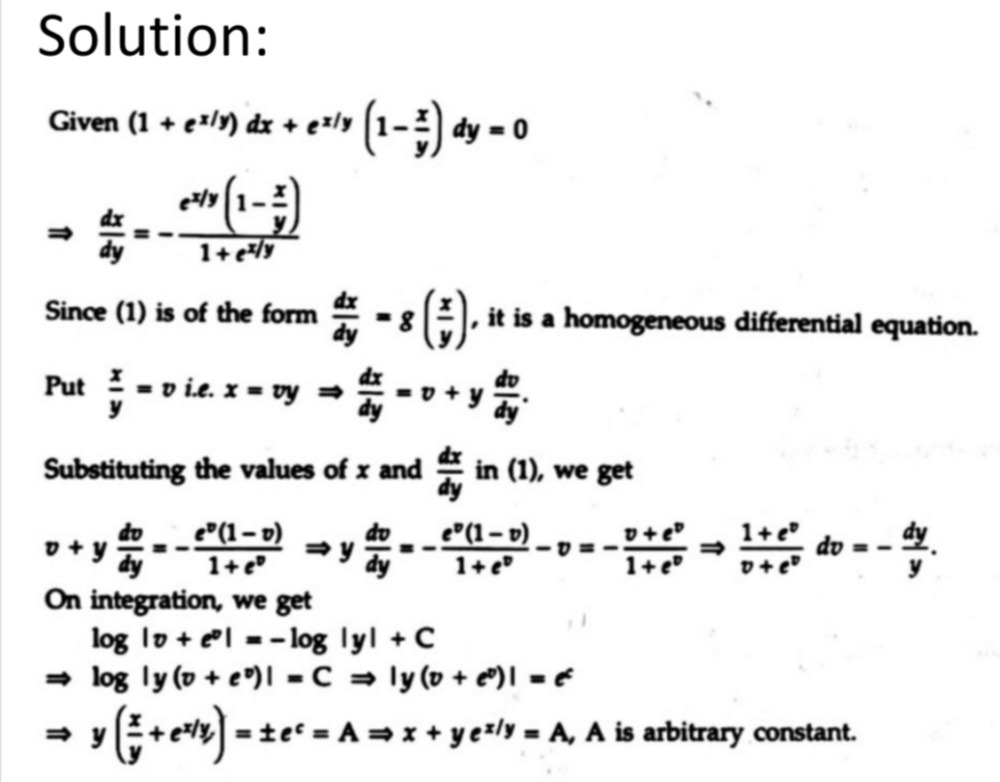 | 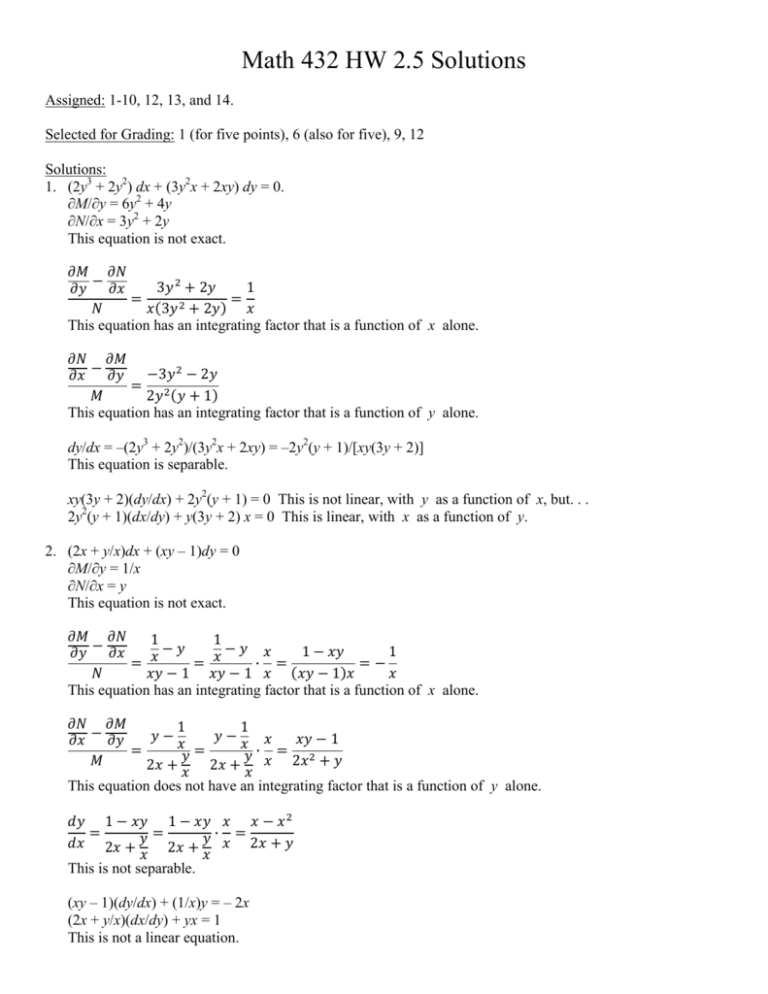 |  |
 |  | 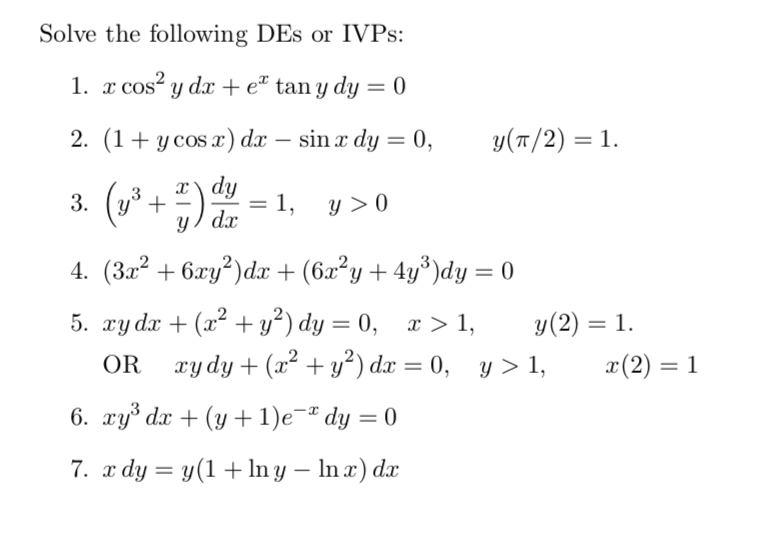 |
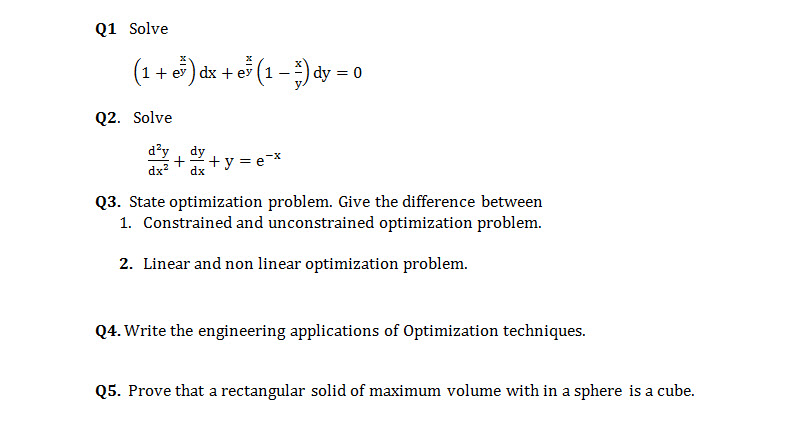 |  | |
「Solve (1 e^x/y)dx e^x/y(1-x/y)dy=0」の画像ギャラリー、詳細は各画像をクリックしてください。
 |  | 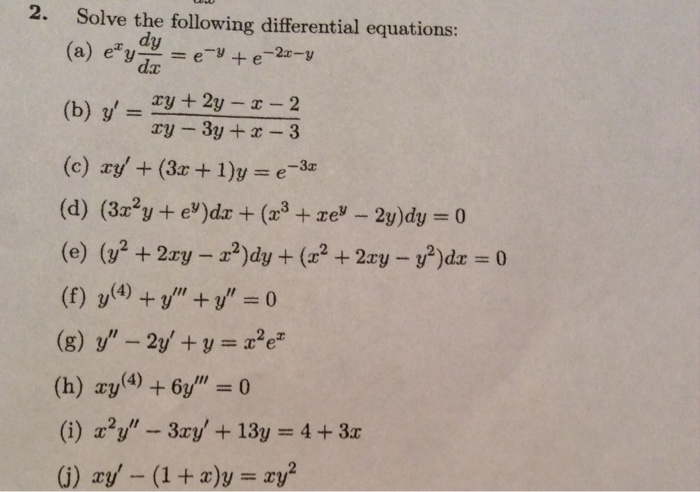 |
 | 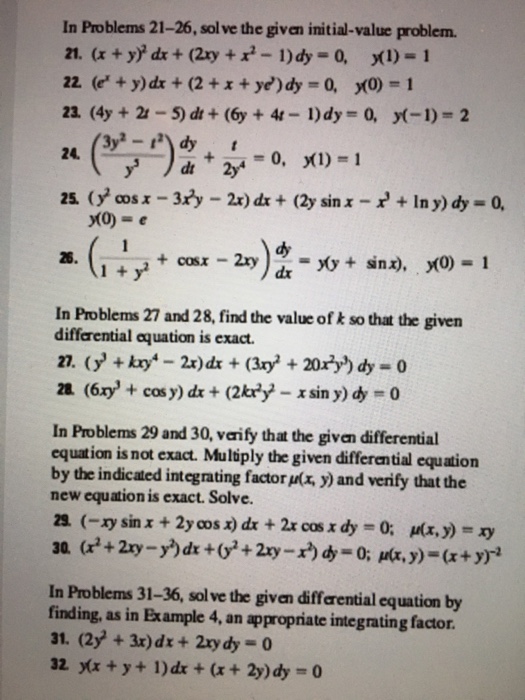 |  |
 |  | |
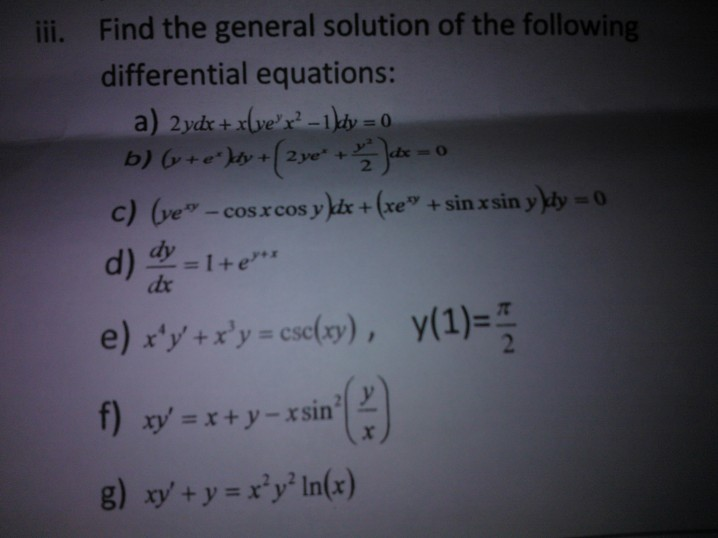 | 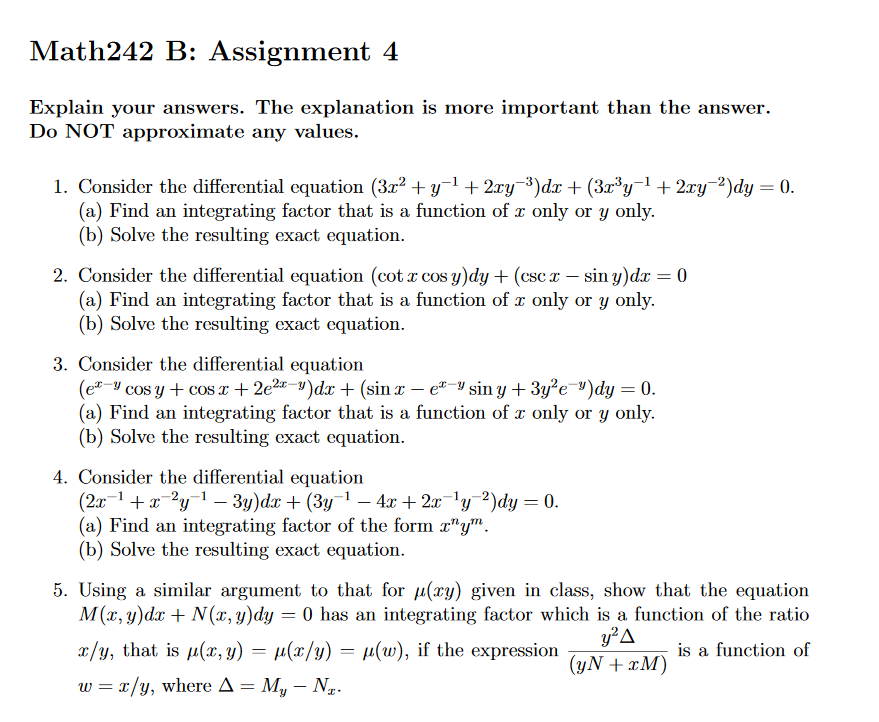 | |
「Solve (1 e^x/y)dx e^x/y(1-x/y)dy=0」の画像ギャラリー、詳細は各画像をクリックしてください。
 | ||
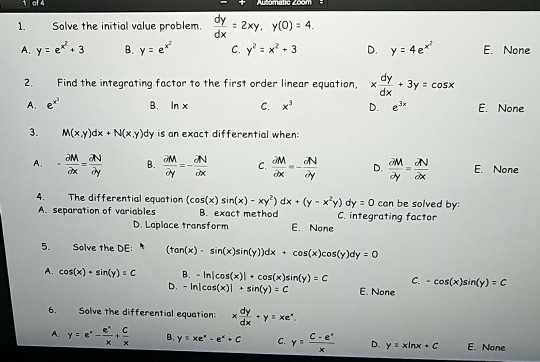 |  | |
 |  |  |
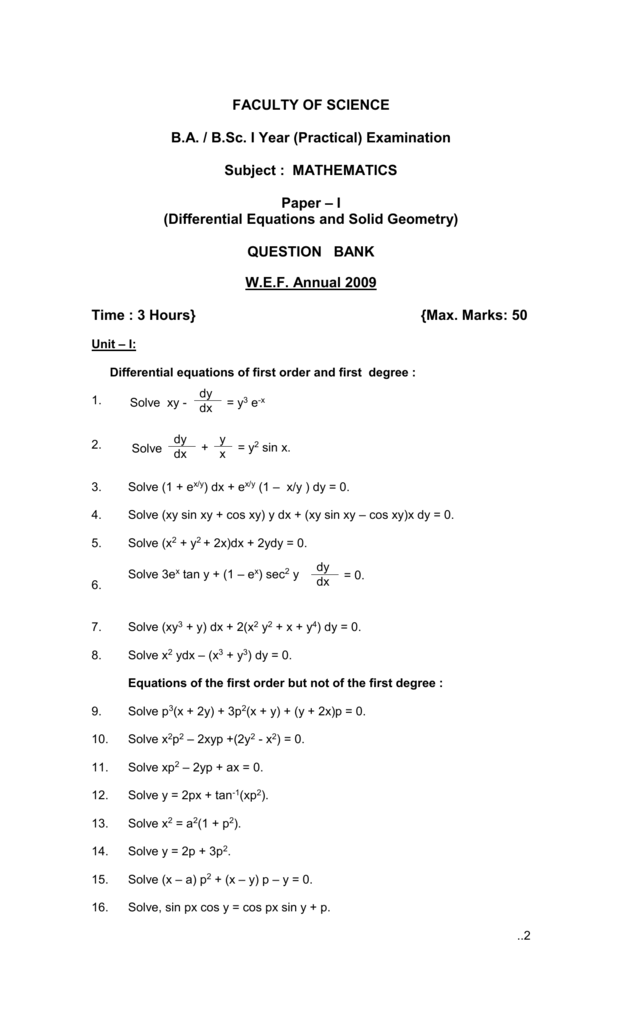 |  | 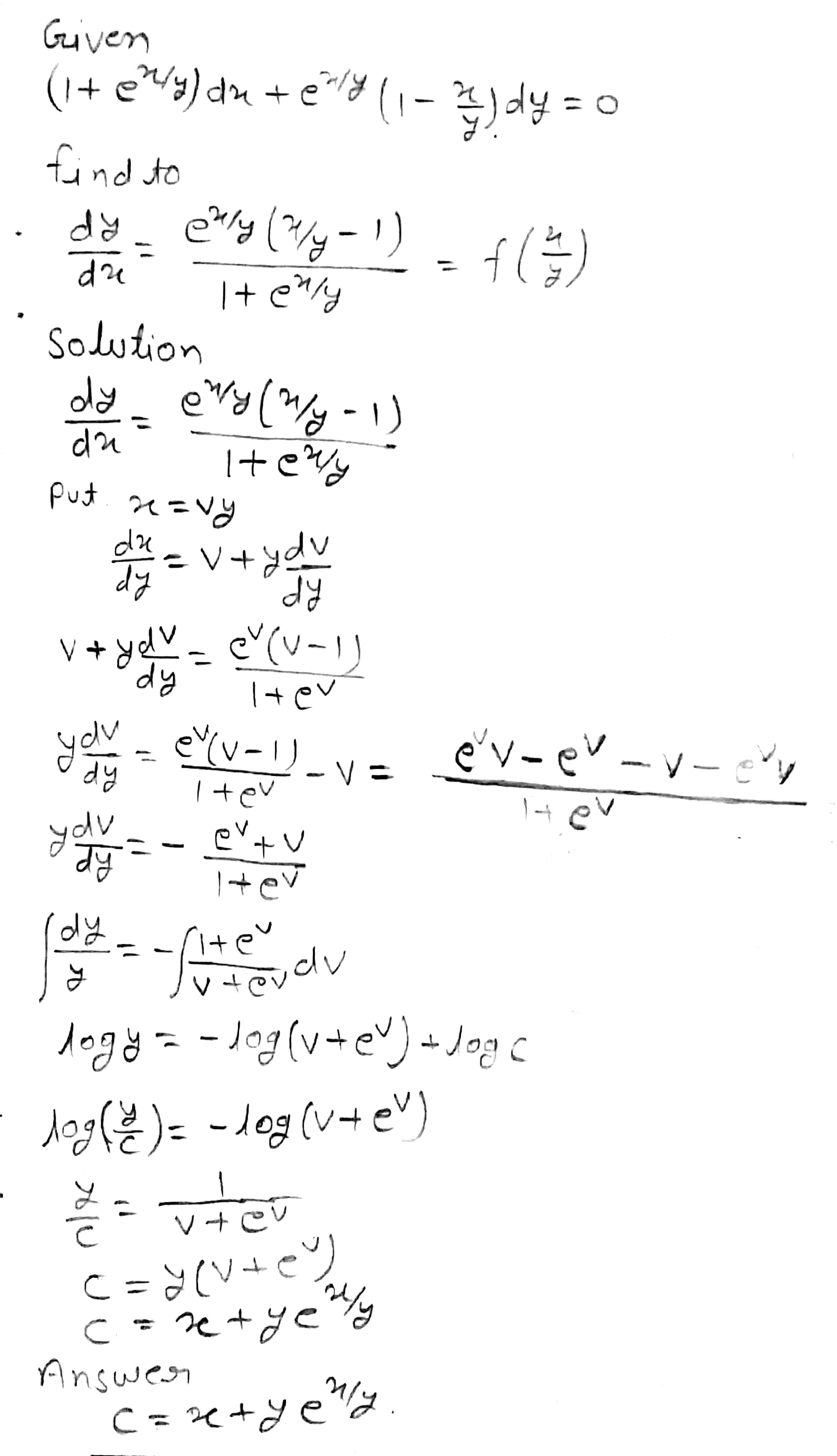 |
「Solve (1 e^x/y)dx e^x/y(1-x/y)dy=0」の画像ギャラリー、詳細は各画像をクリックしてください。
 | ||
 |  | |
 |  |  |
 |  |  |
「Solve (1 e^x/y)dx e^x/y(1-x/y)dy=0」の画像ギャラリー、詳細は各画像をクリックしてください。
 | ||
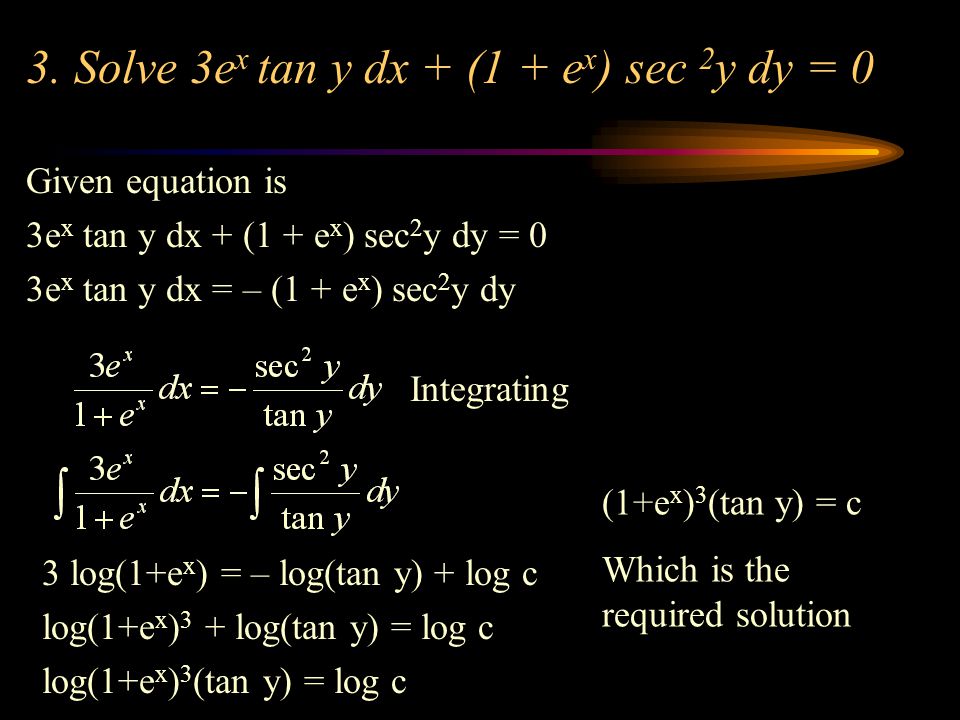 | 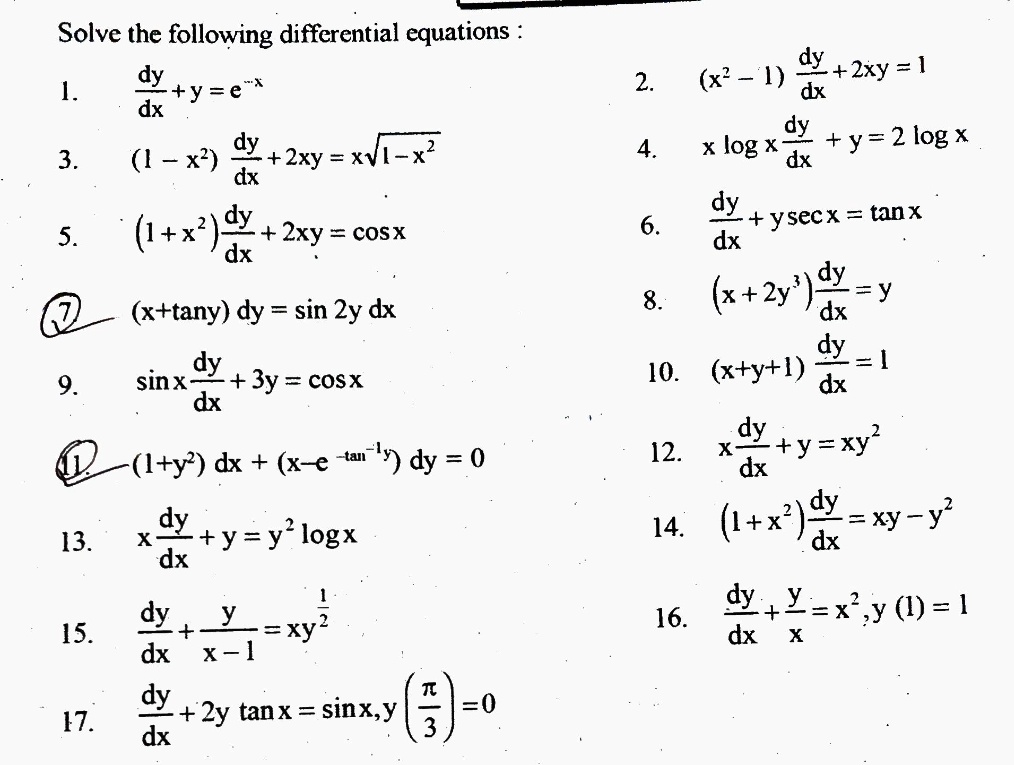 |  |
 |  | |
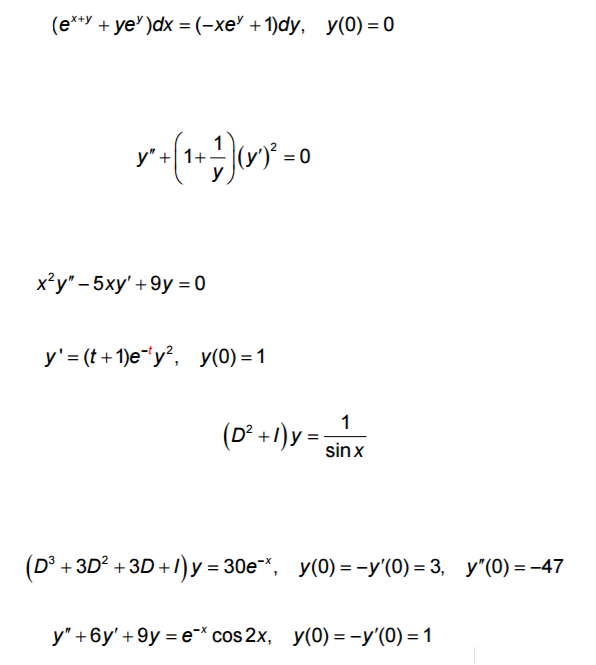 |  |  |
「Solve (1 e^x/y)dx e^x/y(1-x/y)dy=0」の画像ギャラリー、詳細は各画像をクリックしてください。
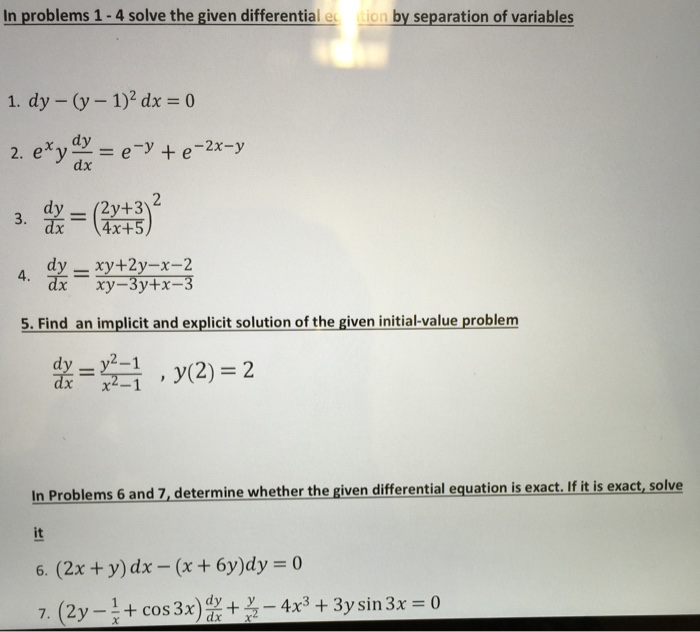 |  |  |
 | ||
 |
Solve dy / dx = sin^2y Formation Of Differential Equations Form the differential equation of the family of curves represented c (y c)^2 = x^3 , where c is a parameter Find the differential equation that represents the family of all parabolas having their axis of symmetry with the xaxisAnswer (1 of 6) Here is the approach u can continue from last and get the answe





0 件のコメント:
コメントを投稿